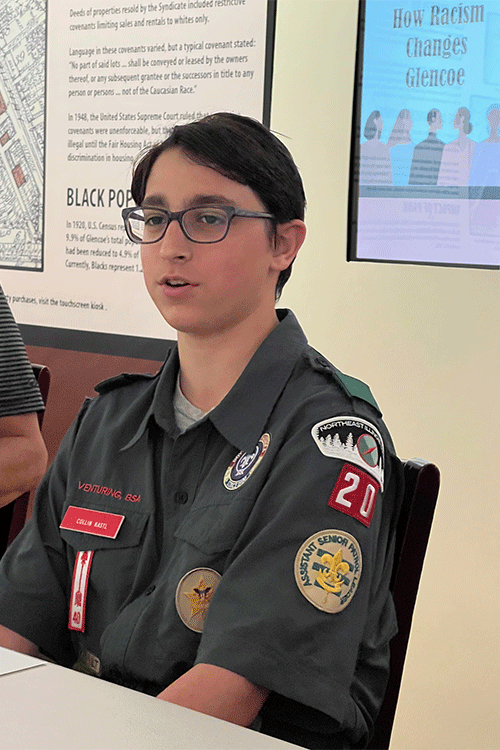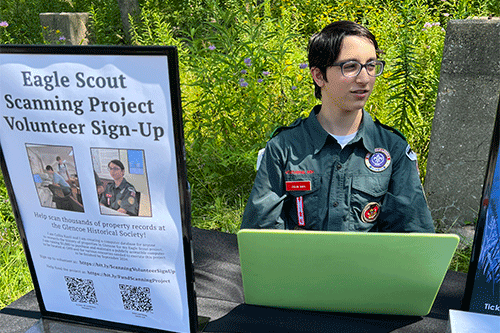Scout Project Digitizes Recordskke@ettelsonlaw.com2024-09-30T17:28:45-05:00
 As he seeks to fulfill the community service requirement for his Eagle Scout badge, Kastl, 15, has led an effort to digitize papers, some going back to the 19th century, at the Glencoe Historical Society with the goal of allowing people a central place to learn about the history of a village property. “I wanted to make a bigger impact,” Kastl said. “I thought it was unique and interesting.”
As he seeks to fulfill the community service requirement for his Eagle Scout badge, Kastl, 15, has led an effort to digitize papers, some going back to the 19th century, at the Glencoe Historical Society with the goal of allowing people a central place to learn about the history of a village property. “I wanted to make a bigger impact,” Kastl said. “I thought it was unique and interesting.” By mid-July, the equipment was purchased and Kastl was taking on the large collection of papers and organizing them by individual address. “It is going to have a really big impact in Glencoe because anyone can find out all the information about their property,” he said.
By mid-July, the equipment was purchased and Kastl was taking on the large collection of papers and organizing them by individual address. “It is going to have a really big impact in Glencoe because anyone can find out all the information about their property,” he said.